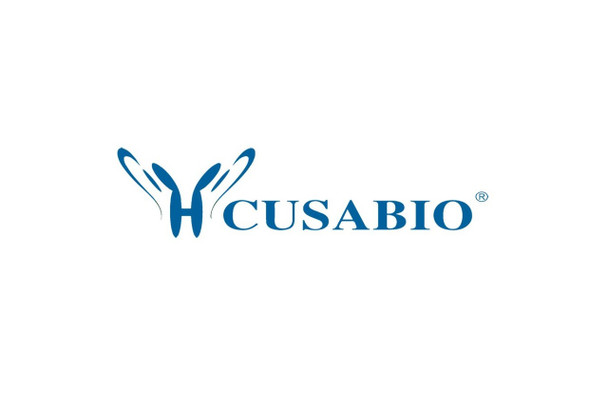Cusabio Human Recombinants
Recombinant Human Insulin-like growth factor I (IGF1) | CSB-EP356436HUe0
- SKU:
- CSB-EP356436HUe0
- Availability:
- 3 - 7 Working Days
Description
Recombinant Human Insulin-like growth factor I (IGF1) | CSB-EP356436HUe0 | Cusabio
Alternative Name(s): Mechano growth factor ;MGFSomatomedin-C
Gene Names: IGF1
Research Areas: Signal Transduction
Organism: Homo sapiens (Human)
AA Sequence: GPETLCGAELVDALQFVCGDRGFYFNKPTGYGSSSRRAPQTGIVDECCFRSCDLRRLEMYCAPLKPAKSA
Source: E.coli
Tag Info: N-terminal GST-tagged
Expression Region: 49-118aa
Sequence Info: Full Length of Mature Protein
MW: 34.7 kDa
Purity: Greater than 90% as determined by SDS-PAGE.
Relevance: The insulin-like growth factors, isolated from plasma, are structurally and functionally related to insulin but have a much higher growth-promoting activity. May be a physiological regulator of [1-14C]-2-deoxy-D-glucose (2DG) transport and glycogen synthesis in osteoblasts. Stimulates glucose transport in rat bone-derived osteoblastic (PyMS) cells and is effective at much lower concentrations than insulin, not only regarding glycogen and DNA synthesis but also with regard to enhancing glucose uptake. May play a role in synapse maturation.
Reference: Characterization of insulin-like growth factor 1 in human primary brain tumors.Sandberg-Nordqvist A.-C., Staehlbom P.-A., Reinecke M., Collins V.P., von Holst H., Sara V.Cancer Res. 53:2475-2478(1993)
Storage: The shelf life is related to many factors, storage state, buffer ingredients, storage temperature and the stability of the protein itself. Generally, the shelf life of liquid form is 6 months at -20?/-80?. The shelf life of lyophilized form is 12 months at -20?/-80?.
Notes: Repeated freezing and thawing is not recommended. Store working aliquots at 4? for up to one week.
Function: The insulin-like growth factors, isolated from plasma, are structurally and functionally related to insulin but have a much higher growth-promoting activity. May be a physiological regulator of [1-14C]-2-deoxy-D-glucose (2DG) transport and glycogen synthesis in osteoblasts. Stimulates glucose transport in bone-derived osteoblastic (PyMS) cells and is effective at much lower concentrations than insulin, not only regarding glycogen and DNA synthesis but also with regard to enhancing glucose uptake. May play a role in synapse maturation
Involvement in disease: Insulin-like growth factor I deficiency (IGF1 deficiency)
Subcellular Location: Secreted
Protein Families: Insulin family
Tissue Specificity:
Paythway: HIF-1signalingpathway
Form: Liquid or Lyophilized powder
Buffer: If the delivery form is liquid, the default storage buffer is Tris/PBS-based buffer, 5%-50% glycerol. If the delivery form is lyophilized powder, the buffer before lyophilization is Tris/PBS-based buffer, 6% Trehalose, pH 8.0.
Reconstitution: We recommend that this vial be briefly centrifuged prior to opening to bring the contents to the bottom. Please reconstitute protein in deionized sterile water to a concentration of 0.1-1.0 mg/mL.We recommend to add 5-50% of glycerol (final concentration) and aliquot for long-term storage at -20?/-80?. Our default final concentration of glycerol is 50%. Customers could use it as reference.
Uniprot ID: P05019
HGNC Database Link: HGNC
UniGene Database Link: UniGene
KEGG Database Link: KEGG
STRING Database Link: STRING
OMIM Database Link: OMIM









